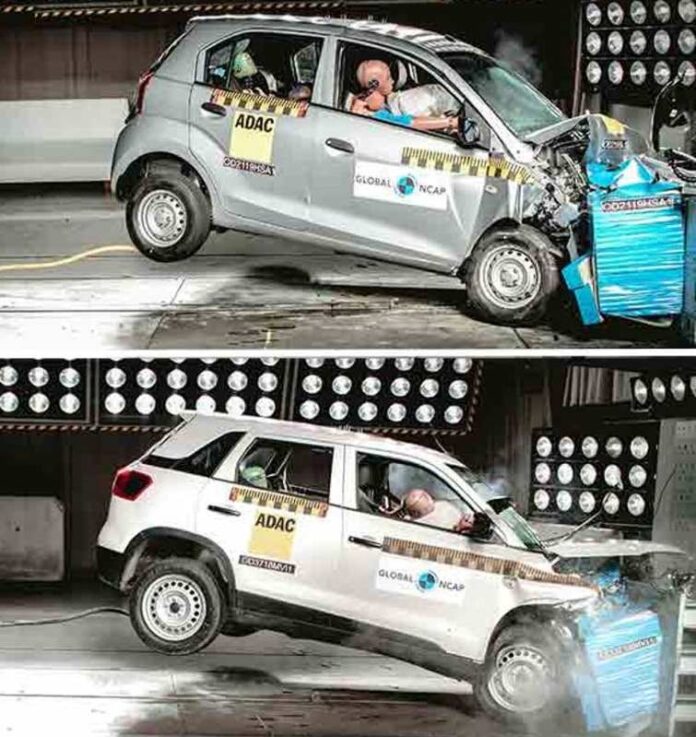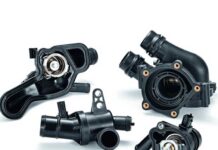
The road transport ministry has finalised India’s own regime of star rating of cars on safety parameters, BNCAP, and has proposed to start it from October 1, a move that will force car makers to provide in-built safety features and help buyers opt for safer cars, reports Dipak Dash. The new car assessment programme will give safety ratings to new cars in the range of “One to Five” based on the test results.
The Bharat New Car Assessment Programme (BNCAP) will host the star ratings and test results on its website after approval of an apex committee, which will be set up by the central government. To begin with, the ratings will be voluntary and samples for testing will be either offered by the original equipment manufacturers (OEMs) or can be randomly picked up by the BNCAP authority from dealers’ showrooms as well.
The new regime will also help domestic car manufacturers as they won’t need to send their samples abroad for testing and star rating, which is very expensive. Currently, India has mandatory crash test norms for cars for structural safety and the star rating will be of superior standard. The rating will be based on three features – Adult Occupant Protection (AOP), Child Occupant Protection (COP) and Safety Assist Technologies (SAT).
The government decision for star rating of new cars comes at a time when global leaders are brainstorming in Stockholm to chalk out the plan to halve road fatalities by taking measures, including making the vehicle safer for occupants.
Speaking at the global meeting of the networks of Heads of National Road Safety Agencies organised by the World Health Organisation (WHO), Global NCAP executive president David Ward said, “Between now and 2030, 1.4 billion new cars will hit the roads. Each of these don’t include the well-known safety features, a big missed opportunity, and may contribute to death and injuries. The industry must live up to its responsibility.”








